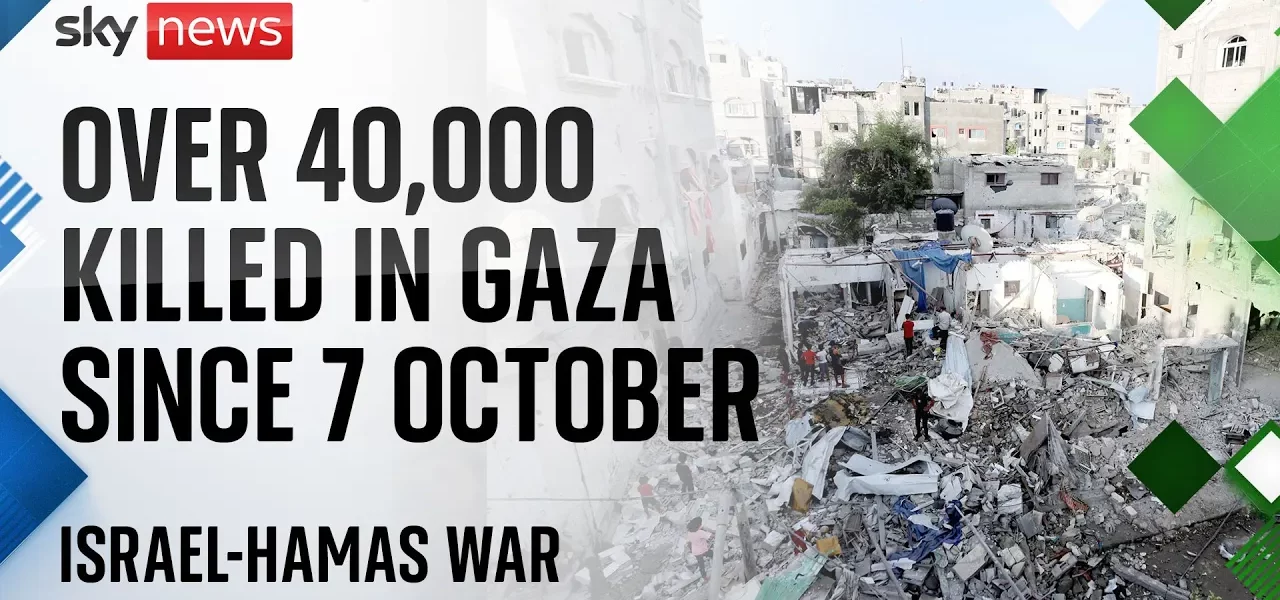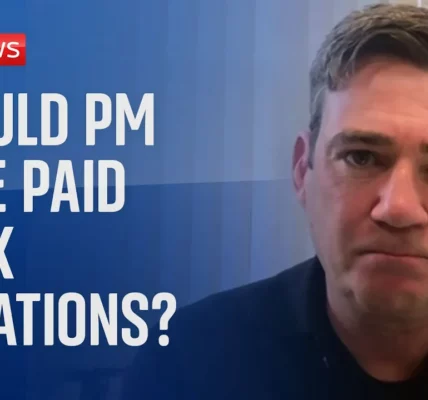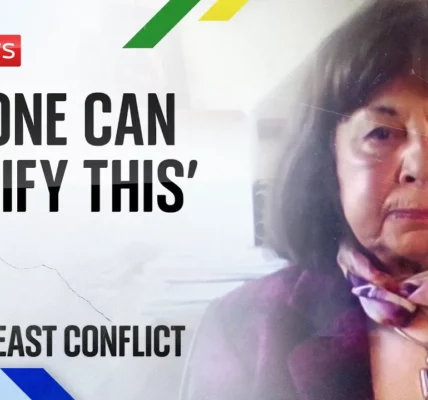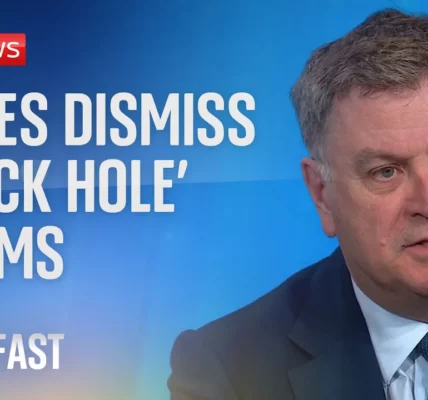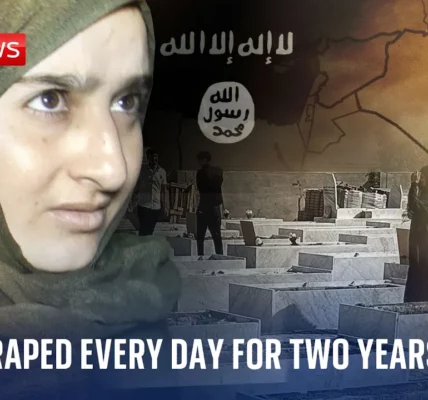Rising Death Toll in Gaza: Current Situation and Ceasefire Talks

This article provides a comprehensive overview of the tragic developments in Gaza since the military offensive began on October 7th, highlighting the staggering death toll and the status of ongoing ceasefire negotiations involving key international players.
Introduction
The humanitarian crisis in Gaza has escalated dramatically since the onset of the military offensive by Israel on October 7th. With reports indicating that over 40,000 Palestinians have lost their lives, the urgency for diplomatic negotiations has never been more pressing. These figures, while contested, underline the dire situation on the ground, as international stakeholders gather to discuss potential ceasefire agreements. This article delves into the latest statistics, the complexities surrounding ceasefire talks, and the broader implications of this ongoing conflict.
Current Death Toll and Humanitarian Crisis
According to the Hamas-run Health Ministry, the death toll in Gaza has reached alarming heights, with specific figures reported as follows:
- 40,500 confirmed deaths.
- 92,300 injuries reported since the conflict began.
- In the last 24 hours alone, there were 40 additional deaths and 107 injuries.
These figures, while indicative of the severity of the situation, should be approached with caution. Israeli authorities have raised concerns about the accuracy of the data provided by Hamas, suggesting that independent verification is essential to ascertain the true impact of the conflict.
The Role of Independent Verification
Historically, independent verification agencies have often corroborated the casualty figures released by the Hamas-run Health Ministry once they gain access to affected areas. The challenges presented by ongoing military operations, coupled with the destruction across Gaza, complicate the verification process:
- Access restrictions due to ongoing military actions.
- Potentially uncounted casualties trapped under rubble.
- Ongoing hostilities preventing humanitarian assistance.
Relief agencies estimate that an additional 10,000 bodies may remain unaccounted for, buried beneath the debris of destroyed buildings. This stark reality emphasizes the urgent need for a ceasefire to facilitate humanitarian aid and recovery efforts.
Ceasefire Negotiations
The ceasefire talks currently involve key international players, including the United States, Qatar, Egypt, and Israel. However, Hamas has publicly stated that it will not participate in these discussions, raising questions about the potential for progress:
Current Status of Talks
While the official stance from Hamas is non-participation, analysts suggest that this may be a strategic posture rather than a complete withdrawal from negotiations. Some key points include:
- Hamas may still engage through intermediaries from Qatar.
- Diplomatic pressure from the international community is high.
- Hope remains for some level of progress in the talks.
Challenges Facing Negotiations
Despite the urgency, skepticism surrounds the negotiations. Key challenges include:
- Disputed goals and expectations from both sides.
- Previous instances of failed negotiations due to mistrust.
- Potential regional escalation if talks do not yield results.
The situation remains fragile, and the stakes are exceptionally high, not just for Gaza but for the broader stability of the Middle East.
Regional Implications
The ongoing conflict in Gaza carries significant implications beyond its borders. Analysts warn of possible retaliatory actions from regional players such as Iran and Hezbollah, particularly in response to the assassination of key military leaders. The potential for escalation includes:
- Increased military activity in Lebanon and Syria.
- Heightened tensions between Israel and its neighboring countries.
- The possibility of a wider conflict involving multiple actors in the region.
As international diplomats continue their efforts, the potential for a broader confrontation looms large.
Conclusion
The situation in Gaza remains critical, with a staggering death toll that highlights the urgent need for a ceasefire and humanitarian relief. The complexities of the ongoing negotiations reflect not only the immediate conflict but also the broader geopolitical ramifications. It is imperative for all parties involved to prioritize dialogue and find a resolution to prevent further loss of life. We encourage readers to stay informed and engaged with the ongoing developments in this critical situation.
“`
